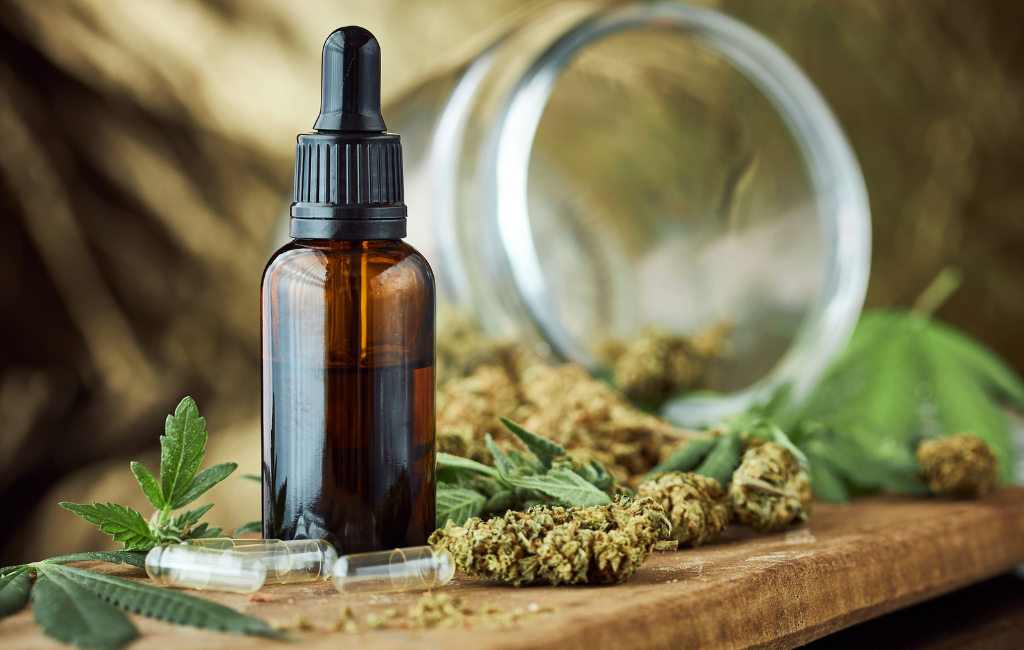The cannabis industry has experienced significant growth and transformation over the past decade. With the legalization of cannabis in various regions, a diverse range of products has emerged, catering to different consumer needs and preferences. This article delves into the various cannabis products available today, examining their uses, benefits, and the science behind them.
The Evolution of Cannabis Products
Historically, cannabis was primarily consumed in its raw form, either smoked or ingested. However, advancements in technology and a deeper understanding of the plant’s properties have led to the development of a wide array of products. These innovations have not only expanded the market but also provided consumers with more options for consumption.
Traditional Forms of Consumption
Traditional methods of consuming cannabis include:
- Smoking: The most common method, involving the inhalation of smoke from burning cannabis flowers.
- Edibles: Foods and beverages infused with cannabis, offering a smoke-free alternative.
- Tinctures: Alcohol-based cannabis extracts that are consumed sublingually.
Modern Innovations
Recent innovations have introduced new ways to consume cannabis, such as:
- Vaping: Involves inhaling vaporized cannabis oil, which is considered less harmful than smoking.
- Topicals: Creams and lotions infused with cannabis, used for localized relief of pain and inflammation.
- Concentrates: Highly potent extracts that offer a more intense experience.
The Science Behind Cannabis
The cannabis plant contains over 100 cannabinoids, with THC (tetrahydrocannabinol) and CBD (cannabidiol) being the most well-known. These compounds interact with the body’s endocannabinoid system, influencing various physiological processes.
THC vs. CBD
THC is the psychoactive component responsible for the “high” associated with cannabis. It has been found to have therapeutic benefits, such as pain relief and appetite stimulation. On the other hand, CBD is non-psychoactive and is praised for its potential to alleviate anxiety, inflammation, and seizures.
Entourage Effect
The entourage effect refers to the synergistic interaction between cannabinoids and other compounds in the cannabis plant. This phenomenon suggests that the therapeutic effects of cannabis are enhanced when multiple components work together, rather than in isolation.
Case Studies and Statistics
Several studies have highlighted the potential benefits of cannabis products. For instance, a study published in the Journal of Pain found that cannabis use led to a 64% reduction in opioid use among chronic pain patients. Another study in the Journal of Clinical Psychology reported that CBD significantly reduced anxiety in individuals with social anxiety disorder.
According to a report by Grand View Research, the global legal cannabis market size was valued at USD 17.5 billion in 2019 and is expected to expand at a compound annual growth rate (CAGR) of 18.1% from 2020 to 2027. This growth is driven by increasing legalization and the rising adoption of cannabis for medical purposes.
Challenges and Considerations
Despite the promising potential of cannabis products, several challenges remain. Regulatory hurdles, quality control, and public perception are significant issues that the industry must address. Ensuring product safety and consistency is paramount, as is educating consumers about responsible use.
Regulatory Landscape
The legal status of cannabis varies widely across different regions, affecting the availability and acceptance of cannabis products. Navigating these regulations is a complex task for businesses and consumers alike.
Quality Control
Ensuring the quality and safety of cannabis products is critical. This involves rigorous testing for contaminants, accurate labeling of cannabinoid content, and adherence to manufacturing standards.
Conclusion
The cannabis industry continues to evolve, offering a diverse range of products that cater to various consumer needs. From traditional methods like smoking and edibles to modern innovations such as vaping and topicals, the options are vast. Understanding the science behind cannabis, including the roles of THC and CBD, is key to appreciating its potential benefits. While challenges remain, the industry’s growth trajectory suggests a promising future for cannabis products.
